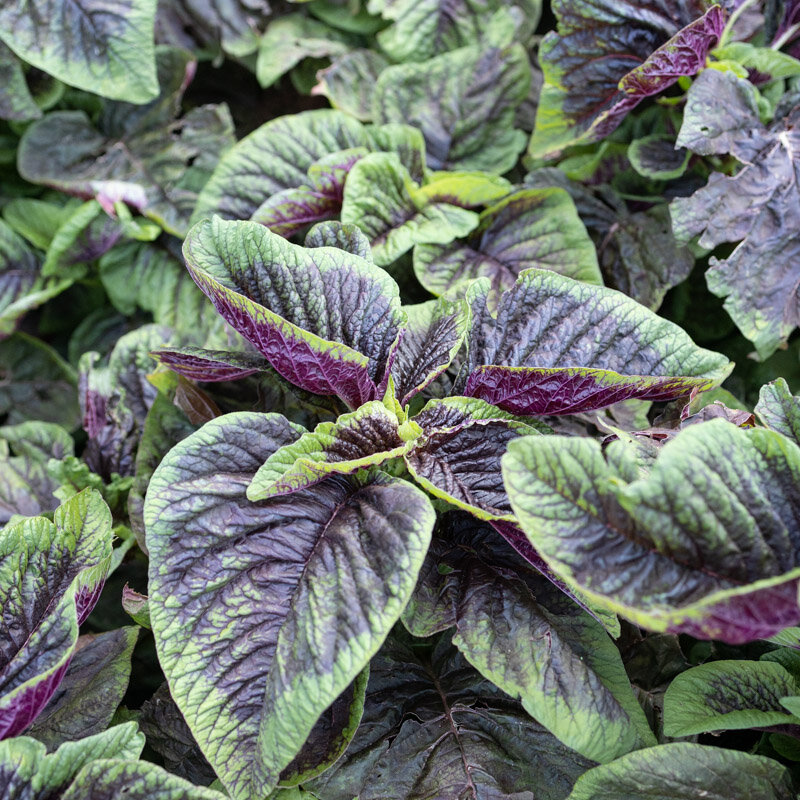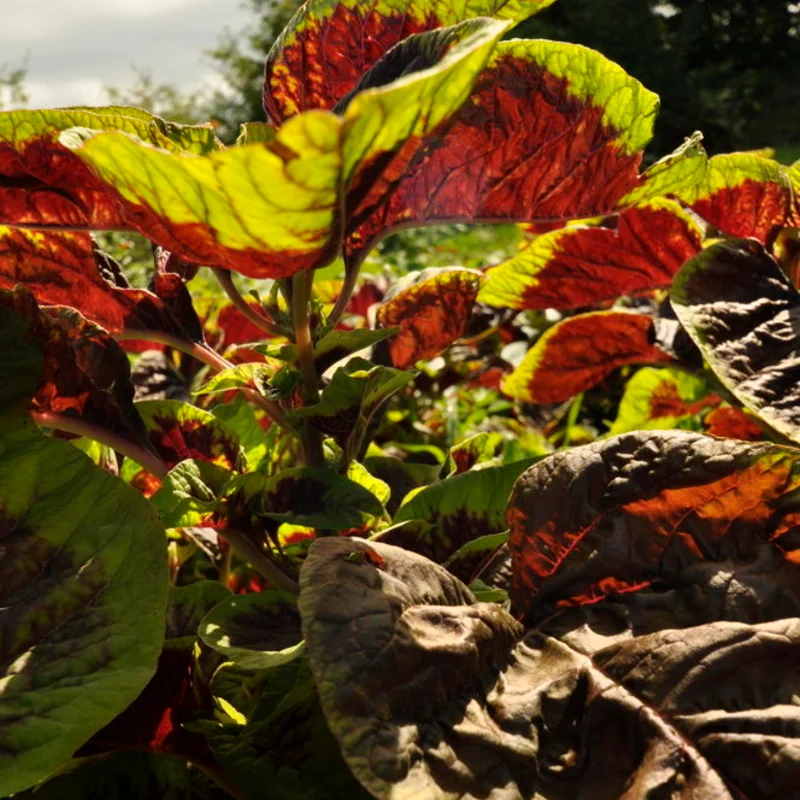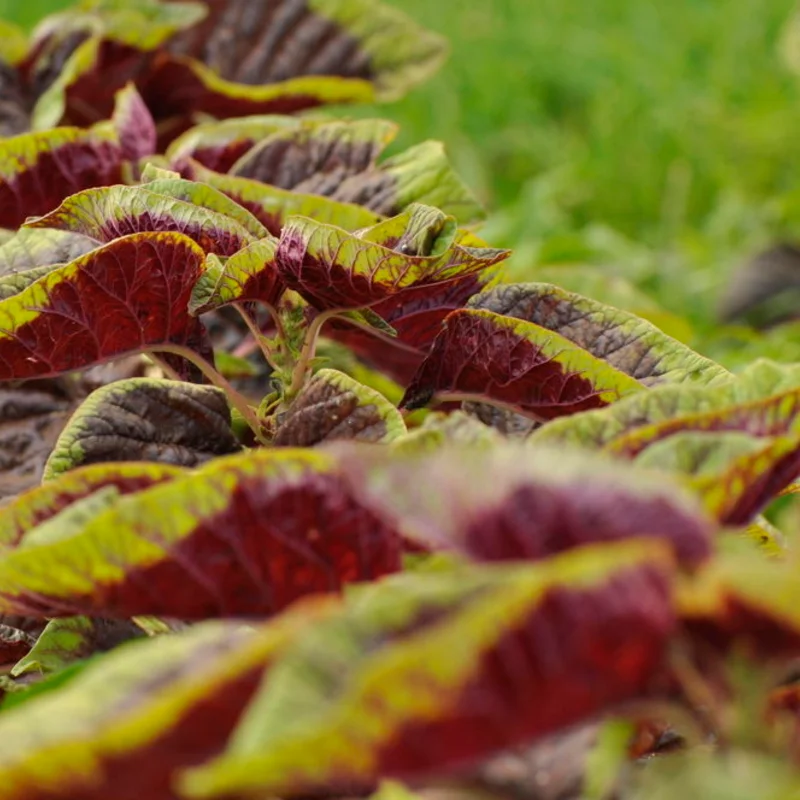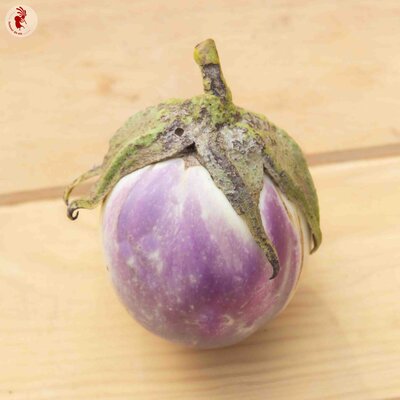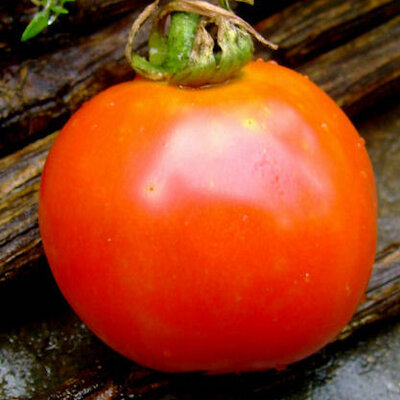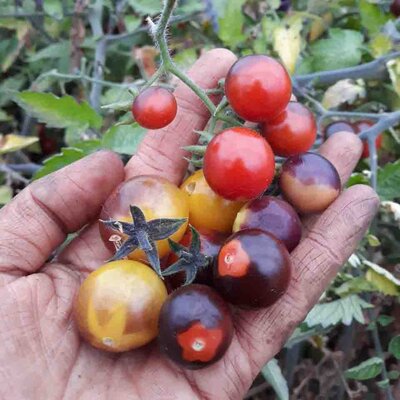Tricolor - Leafy pigweed
This variety reaches 1.20 m in height and produces magnificent tricolored leaves. The upper side is purple and green, while the lower side is dominated by a lighter shade of purple.
These products may also be of interest to you
in nurseries, in the ground
Sow lightly, directly in place, when the soil has warmed up. Press lightly and keep the soil moist. Thin out on the row when the plants have 2 to 4 leaves. To speed up cultivation, sow in pots or boxes, under a well-lit shelter. Transplant after the last frosts, when plants reach the 2 to 4-leaf stage.
March, April, May
April, May, June
June, July, August, September, October
in the ground, in the greenhouse
sunny
low
all floor types
rich, fees, furniture
Amaranthus tricolor
mid-season
500 seeds
with leaves
Violet, Green
From 100 to 150 cm
corrugated
Asia
Inconnue
"Semences de Kokopelli" by Dominique Guillet
This ancient variety originated in Asia.
Amaranth, the queen of gluten-free! Amaranth, widely known for its ornamental and dissident qualities (it caused the US agro-industry to lose billions of dollars by developing genes for resistance to glyphosate), is an unequalled source of nutrition. Its leaves - in the case of leaf amaranth - and seeds - in the case of seed amaranth - are edible and offer a wealth of nutrients. The seeds contain mucilage, for example, which is beneficial to intestinal transit. Equally rich in protein, B vitamins (B6, folate or B9 and pantothenic acid or B5) and minerals (calcium, magnesium, iron, phosphorus, potassium, copper, manganese and selenium), amaranth seeds also have the great advantage of being gluten-free. The leaves are an excellent source of carotene, iron, calcium, protein, vitamin C and other trace elements. By way of comparison, for example, amaranth leaves contain three times as much vitamin C, 10 times as much carotene, 15 times as much iron and 40 times as much calcium as tomatoes. This fantastic plant originated in the civilizations of Central and South America. Pre-Columbian civilizations cultivated it for its seeds (eaten like a cereal: roasted, boiled, ground...) and for its leaves (eaten as a green vegetable). The Mayas, Aztecs and Incas used it, in addition to eating it, for sacred rites.



